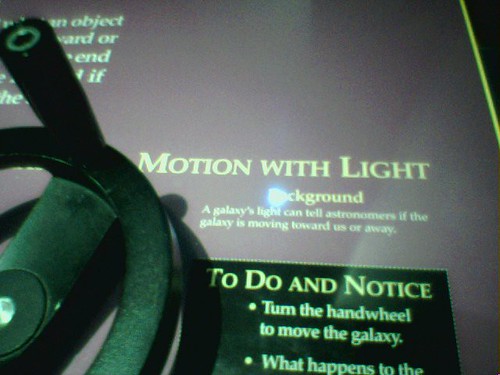In an age where the thronging masses learn more about religion and history from cultural pulp like Stigmata than from any kind of serious scholarship, “The Da Vinci Code” and its related agitations are just another drop in the anti-Church bucket. I don’t personally know anyone who has bothered to read it — though I occasionally see a poor soul absorbed in its pages on the subway — but from what I see in the papers, it’s been Da Vinci Code this and Da Vinci Code that for a while now.
“Jesus Christ and Mary Magdalene’s offspring were ancestors of the Merovingian dynasty and the Holy Grail is a feminist religious icon!!!” may sound ground-breaking and romantic and controversial, but very little about the story’s “Christ-and-His-Kids” premise is original — or true. Much of the myth was recently popularized by the book “Holy Blood, Holy Grail,” a liberally speculative romp through far-out religious conspiracy theories with no solid historical foundation. The Da Vinci Code merely replicates these revisionist histories almost verbatim, and passes them off as historical fact, though I doubt a serious historian would credit such sources as New Testament apocrypha and “Priory” fabrications as credible or accurate. However, they seem to make perfect ammunition for a writer attempting to effectively spread memetic anti-Catholicism.
Myself, I prefer to leaf through the earliest, most reliably sourced documents attributed to writers who were close/firsthand witnesseses to the events surrounding Jesus’ life. The most trustworthy manuscripts were even compiled into a canon, which is easily accessible in decent English translations of its near-original form. Those texts, ancient yet lasting and reliable even after twenty centuries, make for some interesting reading, I can tell you that.
So I don’t think I’ll be reading “Da Vinci Code” or watching the inevitable movie that will come out of it in the next few years, anymore than I intend to read “Left Behind” or watch its corresponding movie; and likewise for any other wrongheaded religious agenda disguised as poorly written fiction. Rather, in true narrow-minded bible-thumping fundamentalist form, I will link to religious critiques of “Holy Blood Holy Grail,” “The Da Vinci Code,” and the Magdalenic Theory in general. Not all of these articles are from evangelical or orthodox Christian sources, so Caveat Lector and all that:
- The Priory of Sion Hoax. Pretty good historical debunk, originally published in GNOSIS Magazine. Can’t miss that grandiosely humanistic last paragraph.
- In Dismantling the Da Vinci Code and Cracking the Anti-Catholic Code, Catholic writers Sandra Miesel and Carl Olson deconstruct Brown’s erroneous theological and historical sources, especially the misguided “Goddess” obsession. Watch out, though; these writers kiss statues (Update: and icons!) and pray to saints and believe in Purgatory and things like that.
- Is Da Vinci Convincing? From Razormouth, concise historical and cultural criticism. Careful, though; the guy’s probably one of those drunkard Calvinists who prays to the TULIP God while bottoming up on a foamy stout.
- And probably one of my favorite takes on the whole mess, from Cecil “Dope” Adams: “Probably all crap.”
- Update: It’s not theological, but don’t miss Da Vinci Code on Languagelog. “Syntactic swill.” Haw.
Update: Also see my Da Vinci Code roundup.
